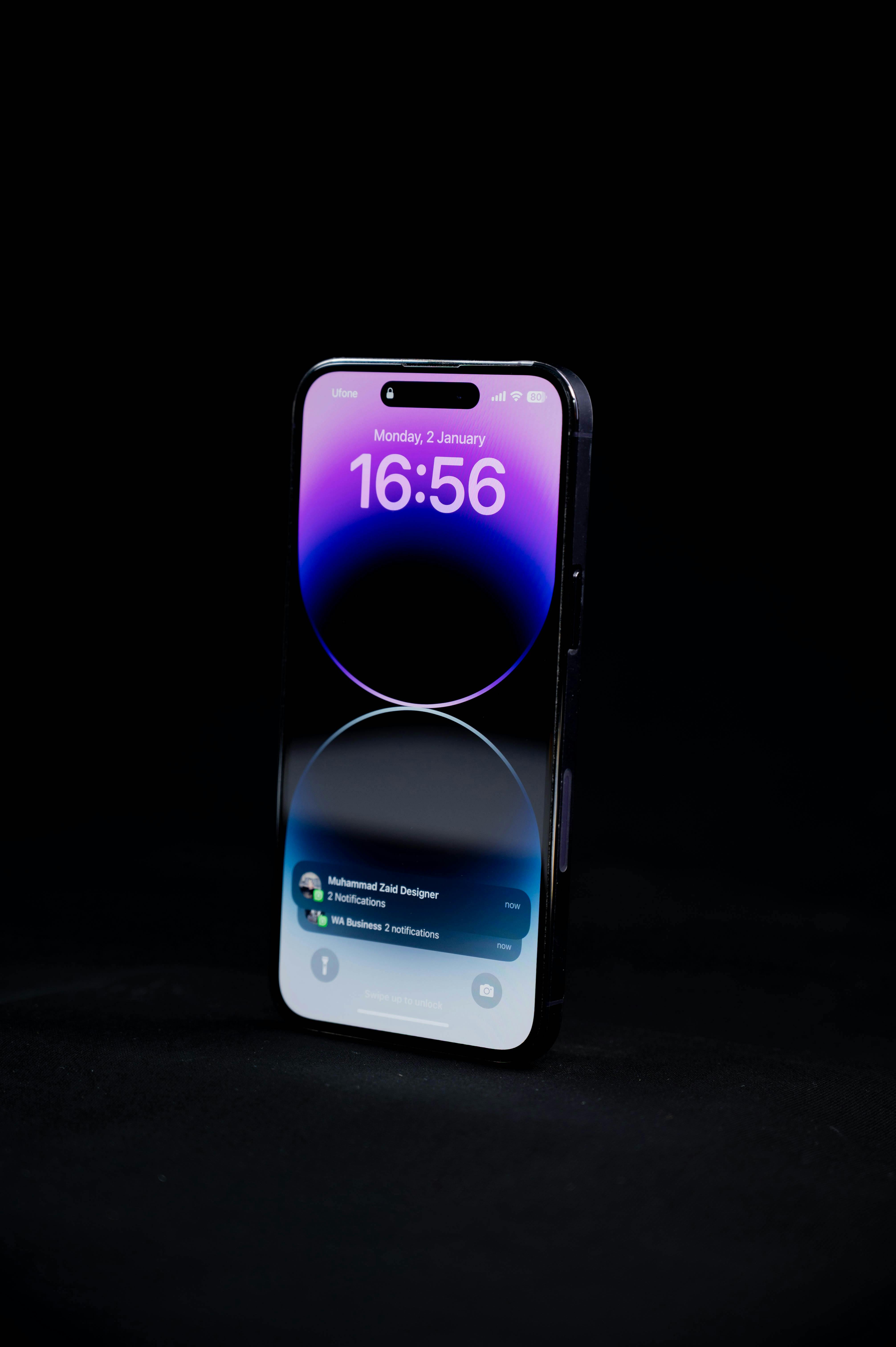Best 5 Ways to Remove Acrylic Nails Safely in 2025

How to Effectively Remove Acrylic Nails at Home: Simple Steps for 2025
Acrylic nails offer a stylish enhancement to your manicure, but knowing how to remove them safely is equally important. Improper removal can lead to nail damage, pain, and unsightly results. In this guide, we'll walk you through the best methods on how to take acrylic nails off at home effectively, ensuring you maintain nail health.
Understanding the various acrylic nail removal processes can empower you to achieve beautiful, well-maintained nails without the need for a salon visit. We will cover various removal methods—including using acetone, dental floss, and even acetone-free options. Additionally, we'll discuss essential tips for caring for your nails after acrylics, making this your comprehensive guide to safe acrylic nail removal.
Throughout this article, you’ll find practical tips, expert recommendations, and images to illustrate the process, making it easier for you to follow along. Let’s dive into the best ways to remove acrylic nails and ensure the health of your natural nails!

Essential Tools for Removing Acrylic Nails Safely
Before diving into the acrylic nail removal process, let's discuss the necessary tools. You'll need some basic equipment to make the process smoother and reduce the likelihood of damage to your natural nails.
Gathering Your Acrylic Nail Removal Kit
To start, assemble the following tools:
- Quality acetone or acetone-free nail polish remover (for those with sensitive skin)
- Cotton balls or pads
- Aluminum foil or nail clips
- Nail file or buffer
- Buffer block
- Cuticle oil or moisturizer
Having the right supplies on hand makes a significant difference. Acetone is effective for a quick soak-off, while alternatives exist for a gentler approach. Each tool serves a purpose, either in aiding the soak or softening the acrylics for easier removal.
Understanding Acrylic Nail Removal Methods
There are several methods to remove acrylic nails that you can do at home effectively. Each has its benefits and might suit different nails' needs.
The most common method involves soaking your nails in acetone to loosen the adhesive. This is often achieved with cotton balls soaked in acetone, secured with aluminum foil to hold the moisture against your nails for optimal soak-off results.
If you prefer a gentler route, consider using acetone-free removers or natural oils which take more time but are less harsh on the nails. Understanding these methods will help you effectively decide how to take acrylic nails off, ensuring your chosen method aligns with your nail health.
For more detailed insights on acrylic nail alternatives, visit our in-depth article here.
Safety Precautions During Acrylic Nail Removal
When embarking on your acrylic nail removal journey, keep in mind its importance for nail safety. One common mistake is excessive soaking, which can weaken your nails. Aim for a soak time of no more than 20-30 minutes to avoid damage. If you notice any pain or excessive sensitivity, take a break or rehydrate your nails before returning to the process.
Lastly, if you’re feeling doubtful or scared about removing the nails yourself, it’s always a good idea to seek professional help. Knowing when to ask for assistance can save you from potential damage.

Step-by-Step Guide to Soak Off Acrylic Nails
Now that you have your tools and know the necessary methods, let’s go through a step-by-step process to effectively and safely soak off acrylic nails.
Step 1: Prepare Your Nails
Begin by trimming your acrylic nails as short as possible without causing pain. This helps reduce the soaking time and makes the process easier. Following this, gently file the top layer of the acrylic to break the seal. Be careful not to file too deeply into your natural nails, or it may cause damage.
Step 2: Soak in Acetone
Soak some cotton balls in acetone (or acetone-free remover) and place them directly on the acrylic nails, ensuring full coverage. Wrap each fingertip in aluminum foil to hold the cotton in place. Allow the nails to soak for about 20-30 minutes.
Step 3: Remove Acrylics Carefully
After soaking, remove one finger at a time to check the progress. The acrylic should lift away easily with the cotton. If it resists, re-soak for an additional 10 minutes. This step is crucial to avoid damage to your natural nails.
Step 4: Complete the Removal
Once the acrylic is soft enough, use a metal or wooden cuticle pusher to gently push off the acrylic. If pieces remain, reapply the cotton and foil. Always be gentle to prevent damage during this process; a cautious approach is key to ensuring you maintain nail integrity.
Step 5: Nail Care Post-Removal
After the acrylics are removed, wash your hands thoroughly to rid them of any residual acetone or acrylic particles. Follow up with cuticle oil and a nourishing moisturizer to hydrate your nails and cuticles. This step aids in restoring moisture and helps in the overall health of your nails post-removal.
For detailed aftercare tips and maintaining nail health after acrylics, check out our expert recommendations here.
Understanding the Risks and Benefits of DIY Removal
While removing acrylic nails at home can save money and time, it does come with its own risks. You may experience nail thinning or breakage if the process isn't performed correctly. It’s critical to be patient during the removal process and not rush through the steps.
Common Mistakes to Avoid
One of the biggest mistakes when removing acrylic nails is not properly preparing the nails beforehand. Always file the surface to facilitate proper soaking. Additionally, avoid pulling or yanking at stubborn acrylics, as this can cause significant damage to your natural nails.
Signs That You Need Professional Help
If at any point you experience excessive pain, bleeding, or very sensitive nails post-removal, it’s wise to consult a nail professional. Recognizing these signs can save your nails and ultimately lead to healthier nail growth down the line.
Q&A: Your Acrylic Nail Removal Questions Answered
1. How long does it take to remove acrylic nails completely?
On average, the complete removal of acrylic nails can take anywhere from 30 minutes to an hour, depending on the method used and the thickness of the acrylic.
2. Can I remove my acrylic nails without acetone?
Yes! Acetone-free removers are available, though they may take longer to dissolve acrylics. Alternatively, using oils like coconut or olive oil can help soften the acrylics, making them easier to remove.
3. What should I do if my natural nails feel weak after removal?
Patience is key; allow your nails to recover by keeping them hydrated and trimmed. Use strengthening treatments and avoid acrylics until your nails regain their health.
4. How can I prevent pain when removing acrylic nails?
Be gentle during the removal process, and ensure to soak adequately. Pay attention to your body—if it hurts, reassess how you’re approaching the removal.
5. What aftercare should I consider post-acrylic removal?
Post-removal care is essential—hydrate your nails with oils, refrain from using nail polish immediately, and allow them to breathe for a while. This care helps maintain nail health.
Removing acrylic nails at home can be straightforward if you follow the right procedures and precautionary measures. By using the correct tools, methods, and aftercare routines, you can ensure that your natural nails remain strong and healthy, even after enjoying the beauty of acrylics.